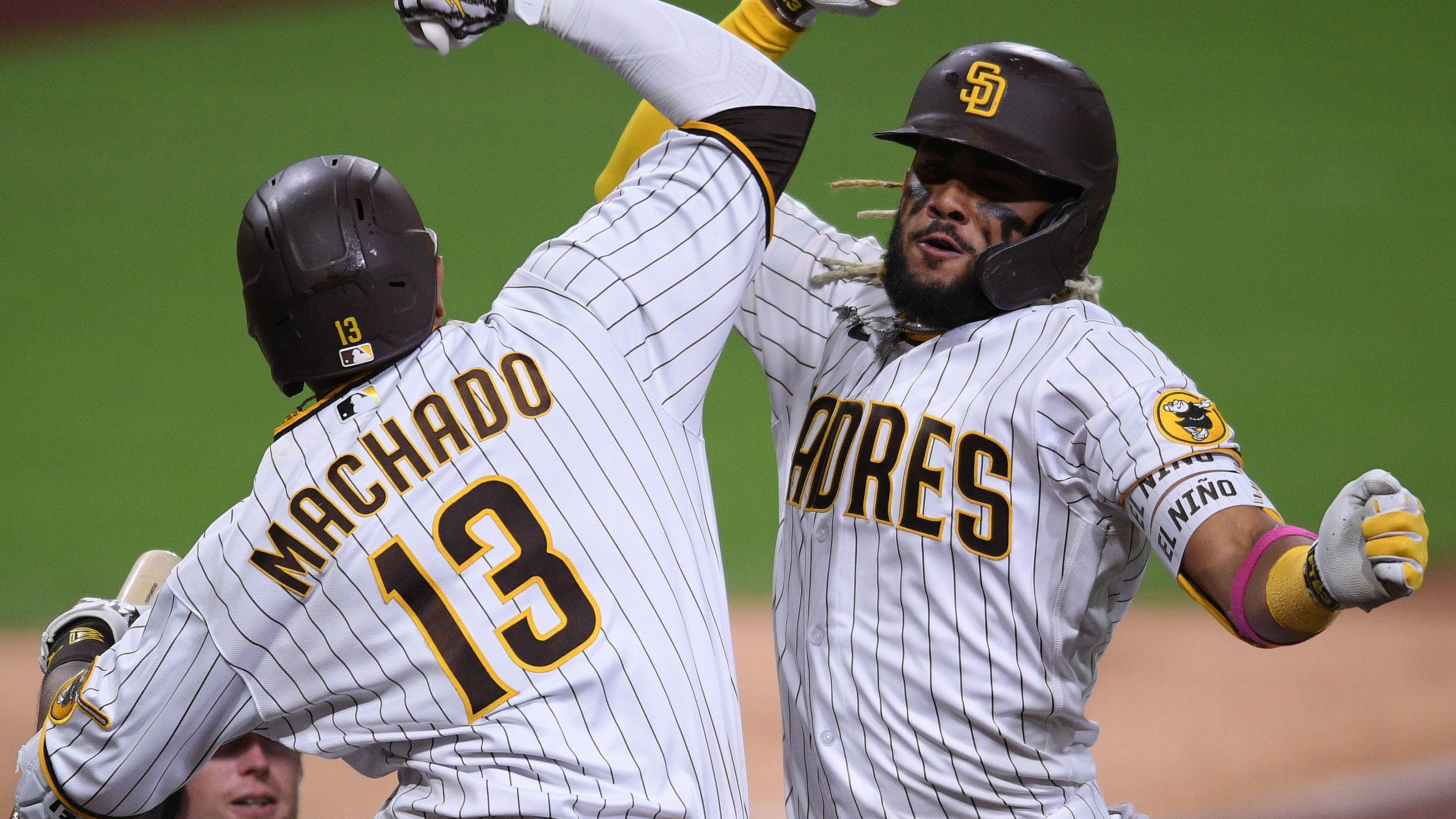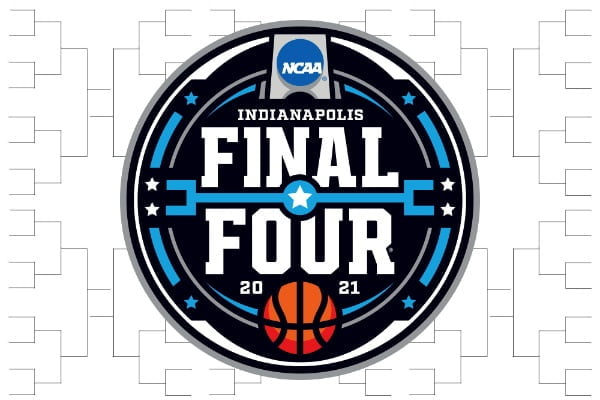I know it’s early but baseball is setting records already. The sport many experts have left for dead managed to surprise everyone and hit new highs in viewership. MLB.TV and ESPN saw ratings climb over the first three weeks of the season. Just what does this mean? How does it affect a broadcast and a broadcaster?
According to Major League Baseball, the beginning of the season marked the most-watched 18-day period in the 20-season history of MLB.TV, including the 7 most watched days ever. Viewership was up 43 percent when compared to the same time period of the 2019 season (12 percent up from 2020). The release also indicated that fans have already watched 1.34 billion minutes of live games. ESPN’s Sunday Night Baseball and MLB Network saw record viewership in the same period, so it’s not just the streaming aspect that is flying high for the league.

As a broadcaster there really isn’t much you can do about the ratings under most circumstances. To me, the only time it really falls on you is if it’s a blowout game. How are you keeping the audience glued to your broadcast in that situation? Have you developed a great rapport with your partner? Have you cultivated a strong relationship with the fan base? That could be the difference as to whether or not the audience stays with you during a boring, blowout or just long game.
With baseball trying to gear itself to a younger audience, isan announcer relating well to that segment of the audience? Television broadcasts are trying to help by putting up graphics featuring advanced metrics like “weighted runs created”, “WAR” and of course “spin rate”. This is helping because that’s what these young fans are craving, more and more stats. They want better stats that tell a more impactful story. We old school broadcasters need to take a crash course in the meaning of all of these new numbers, because this is where the next generation of fans is taking the game.
Some networks have gone as far as producing “secondary” broadcasts that may focus just on StatCast numbers. I’ve even taken part in a few of these telecasts that provide “enhanced” coverage of games. On MLB.com a few years back, from studios in New York, we would watch the MLB Network showcase game and focus mainly on what the numbers meant. What were they telling us? We also used the broadcasts as a teaching tool to allow fans to understand the new terminology. Those broadcasts set the stage for what ESPN and MLB Network are doing with a few baseball broadcasts in a season.
A few networks are now focusing on the gambling angle of the game. It’s another lure for a younger viewer to get his/her fix of a Major League game with a chance to score themselves. It also makes sense because MLB is partnering with a gambling app, and these broadcasts focus strictly on the “in game” lines and trends and props. This attracts a whole different audience that needs to be served.
This new way super serving every audience is good news for broadcasters. It results in more opportunities for announcers overall. Those secondary broadcasts I talked about, need that play-by-play guy for his/her ability to be the traffic cop. Even though it may not be airing on a main channel, it still has to have a format and a flow to it. These telecasts provide a good opportunity to showcase your knowledge and the ability to work with multiple analysts to tell the story.
I remember the prep for our StatCast broadcasts was a little more intense than that of a regular game. I found myself digging deeper into numbers and trends. Still I needed to make those stats relatable though. It’s a great training ground for actual play-by-play as well.
Even if the ratings were to dip nationally, the game is safe and sound locally. The hometown announcers know the city, the team and what its fan base likes and doesn’t. As I mentioned, the connection and bond formed between the broadcast team and the fan base translates into viewership. Friendly, familiar faces and voices are so important in baseball. Fans feel like they really know their broadcasters. MLB would be wise to eliminate the blackout rules, so that fans aren’t left without those voices and faces when various TV providers get into carriage disputes or drop RSNs all together.
These trends for the game are promising for sure. They could be skewed a little bit, considering there were a ton of close games in the early going and two no-hitters. Those types of games will bring viewers that don’t even have a rooting interest in either team. You can’t count on that every day, so the league will have to constantly evolve.
:no_upscale()/cdn.vox-cdn.com/uploads/chorus_image/image/69128628/APTOPIX_Indians_White_Sox_Baseball_2_.14.jpg)
Getting back to what I wrote about last week, use whatever it takes, like the mic’d up approach, to feature more of the stars and their personalities to gain more and more viewership.
Most of the major sports leagues are fairly well protected against the ratings situation anyway. They don’t sign small deals with networks, they are usually multiple years with multiple zeros and commas. Baseball even signed an extension to its current deal during the pandemic to protect itself. Perhaps this is also why the league decided to focus more attention on its longtime streaming platform MLB.tv. They are focusing on other platforms as well. Earlier this week the Astros and Angels played a game that was aired exclusively on YouTube, not on over the air television. Maybe the pandemic caused some outside the box thinking in New York, which is good for us all.
Andy Masur is a columnist for BSM and works for WGN Radio as an anchor and play-by-play announcer. He also teaches broadcasting at the Illinois Media School. During his career he has called games for the Chicago Cubs, San Diego Padres and Chicago White Sox. He can be found on Twitter @Andy_Masur1 or you can reach him by email at Andy@Andy-Masur.com.







Those numbers are likely doctored and fake, or misleading at best. There is no way you can alienate half your viewers and then have your ratings increase. Look at what’s happened to the NFL and the NBA.
Even if those numbers are legit, they are a blip on the radar and are not sustainable.
I’ll never watch or attend another MLB game, and there are millions like me.
Here’s what’s going on:
Many fans that have been blocked from watching their local team on RSNs are turning to the MLB.TV app as a replacement. In some cases, some are watching local teams via VPN. In other cases, they may be filling baseball vacuum with daily “free” game on MLB app. MLB also making subs to MLB.TV free to some – as was done with free MLB TV subscription offer for T-Mobile subscribers.
Likewise, some of the national TV numbers are higher for those fans who have lost access to local teams via RSN carriage disputes but are looking to national telecasts to fill baseball void.
In short, these stats are not a measure of baseball’s “popularity” resurgence. They are a measure of viewership that has been re-directed from the old RSN model into new streaming alternatives. This article packages the stats in a way that suggest growing consumption of baseball product. But results presented here are actually an incomplete. Without RSN viewership numbers reported on a cumulative basis, these national and streaming numbers really are just numbers in a contextual vacuum.